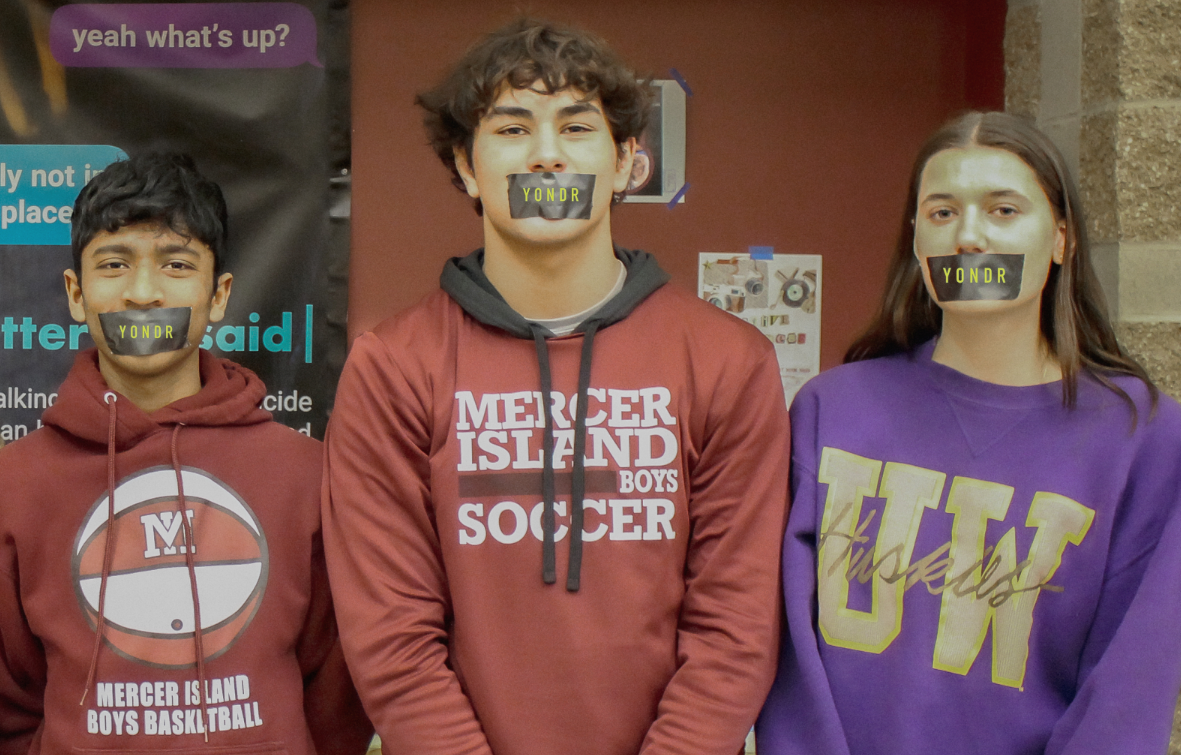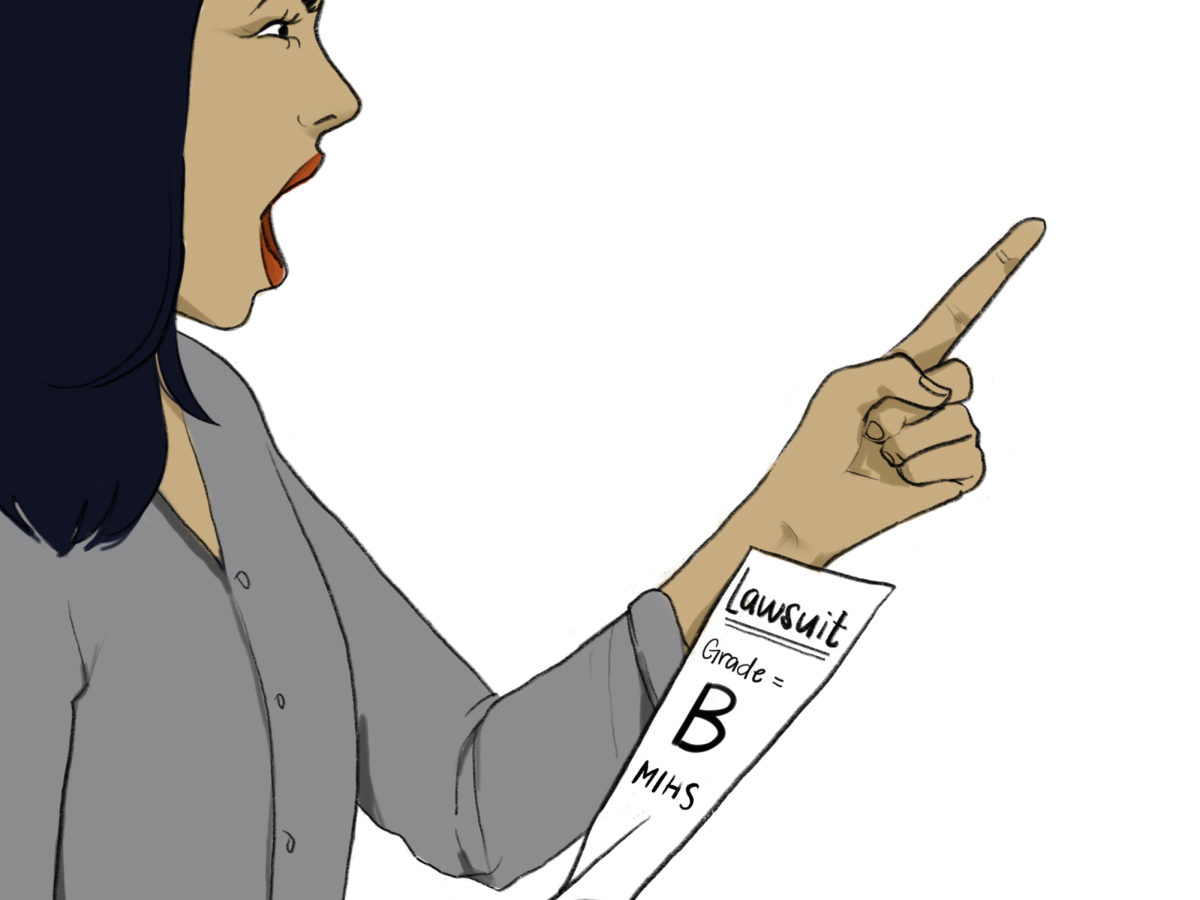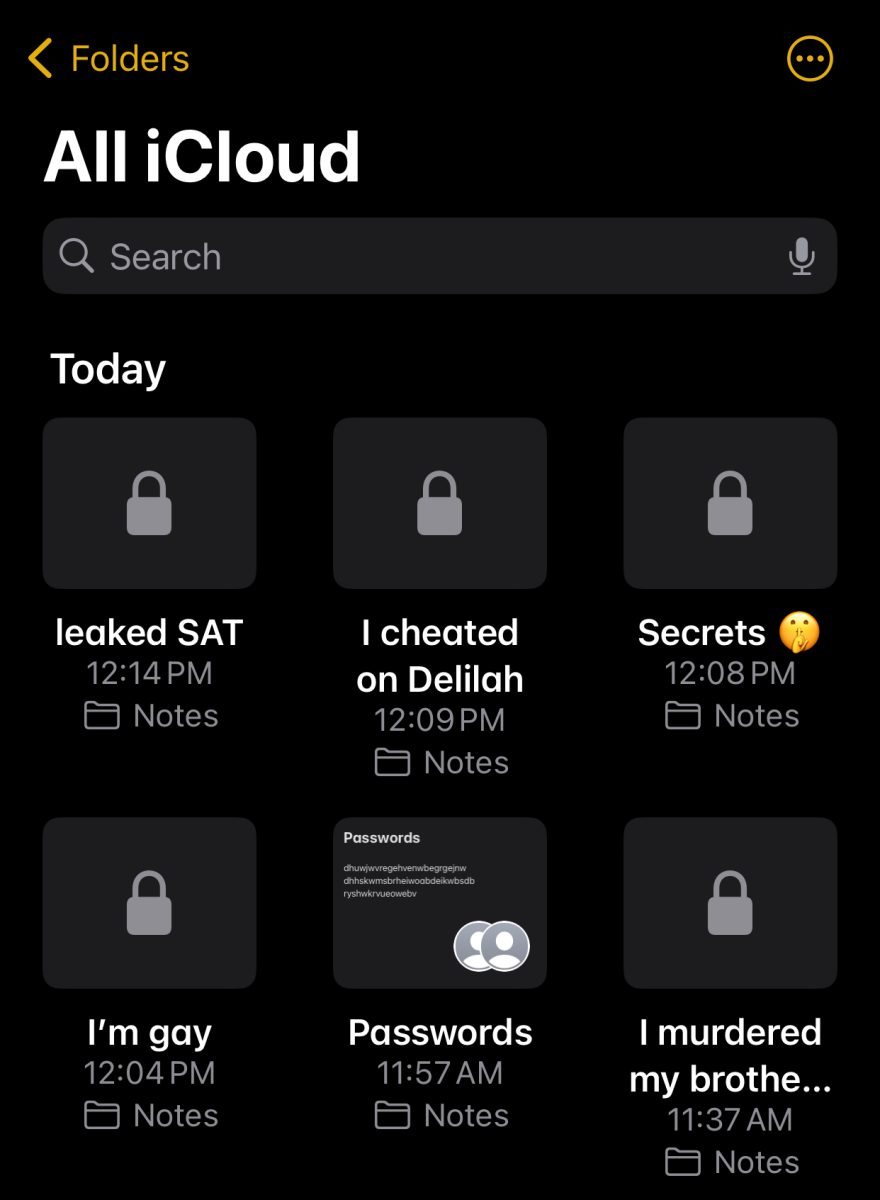
Tuesday, April 1, MIHS Principal Lick Mold announced that the school will update its Yondr pouch policy by instituting a new requirement: all MIHS students must purchase $500 AirPods Max for class.
Many students have complained about this new policy, specifically about the headphones’ hefty $500 price tag.
“This is ridiculous,” senior Gyle Kerstel said. “I have already paid over $4000 for my 20 pairs of AirPods, and even though they still work perfectly, I now have to pay $500 for AirPods Max, just to use my MacBook in class?”
However, these students clearly don’t realize the wisdom of this policy.
According to a research study by researcher John Batty, AirPods Max have been proven to boost student learning by 83%. While the full research study is several hundred pages long, MIHS administrators praised the study for its repetition of the words “equity” and “belonging” on page one.
Many are confused as to why over-the-ear headphones are acceptable in class, while in-the-ear headphones such as AirPods are not. Upon questioning, Mold elucidated the policy.
“With AirPods, because they are so small, we don’t know whether that audio is coming from your phone or your computer,” Mold said. “But with the larger, bulkier, AirPods Max, we can tell for sure that you are listening to what you’re supposed to be listening to, for class. You know, because they’re so much bulkier, we can just tell — that’s how that works.”
As to students’ and parents’ complaints that purchasing AirPods Max are too expensive, MISD Superintendent Red Fundle suggests an interesting comparison.
“It’s like the Yondr pouches themselves,” Fundle said. “I believe they’ve been effective. It doesn’t actually matter that it cost the district over $72,000, and that we’ve received data that over 95% of students don’t use their pouches. Similarly, it might seem like making each family spend $500 on AirPods Max for their child is unreasonable, but whether or not those headphones end up getting used by that student in school, I believe it’s setting a useful policy in place to help keep students focused.”













